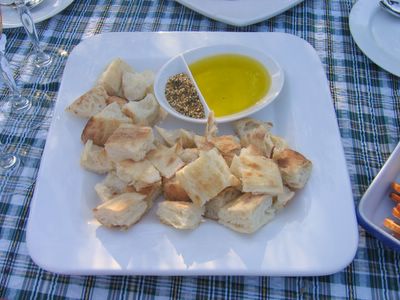
A recent direction to this website helped me to discover and make these cookies. While I am loathe to participate in Valentine's day I did end up taking a plate of them to work on that day to share with my colleagues.
In noticed that when a person is queried about whether he or she or their partner participates in Valentines day, the most common response is "Yes because we want to eat some chocolate" so I guess in essence I too am one of the masses because I too used Valentine's day as the reason for making these cookies. But if I am truly honest I love the whimsy of the heart shape and pink icing any day and really wanted to make them anyway.
Personally I hope that anyone else wanting to make them doesn't have to wait for 12 months to next Valentines Day because they are really lovely to make and eat any time.
While you can find the recipe on "Joy of Baking" I have also replicated the recipe here. One thing worthy of noting, is that the butter icing while very tasty is not so good in Brisbane while it is humid so I mainly had to keep them in the fridge and eventually I opted for a chocolate icing without as much butter so I could send a few to school in lunch boxes for my nephew and son. Chocolate ones pictured below (with some Afghans which I will post about in due course).
Ingredients:
1/2 cup (113 grams) unsalted butter, room temperature
1/2 cup (100 grams) granulated white sugar
3 large eggs
1 teaspoon pure vanilla extract
Zest of 1 large lemon
2 1/4 cups (315 grams) all purpose flour
2 teaspoons baking powder
1/4 teaspoon salt
Frosting:
2 cups (230 grams) confectioners sugar (icing or powdered sugar), sifted
1/2 cup (113 grams) unsalted butter, room temperature
1 teaspoon pure vanilla extract
2 tablespoons milk or light cream
Assorted food colors (if desired)
Preheat oven to 350 degrees F (177 degrees C) and place rack in centre of oven.
Line two baking trays with parchment paper.
For Cookies: Cream the butter and sugar until light and fluffy. Add the eggs, one at a time, beating well after each addition. Beat in the vanilla extract and lemon zest. In a separate bowl whisk together the flour, baking powder, and salt.
Add to the butter and egg mixture and beat until combined. Place the dough on a lightly floured surface and, with a floured rolling pan, roll out the dough to a thickness of 1/2 inch (1.25 cm).
Using cut the dough into shapes. Save the scraps and reroll. Transfer the cookies to the prepared baking sheet, spacing them a few inches apart.
Bake for approximately 8-10 minutes time will vary depending on the size and shape of cookies) or until the bottoms of the cookies are lightly browned and a toothpick inserted into the centre of a cookie comes out clean. Remove from oven and place on a wire rack to cool.
Once the cookies have completely cooled, frost with icing.
For Frosting: In an electric mixer, cream the butter until smooth and well blended. Add the vanilla extract. With the mixer on low speed, gradually beat in the sugar. Scrape down the sides of the bowl. Add the milk and beat on high speed until frosting is light and fluffy (about 3-4 minutes). Add a little more milk or sugar, if needed. Tint the frosting with desired food color
Makes about 18 - 2 1/2 inch (6 cm) cookies.











